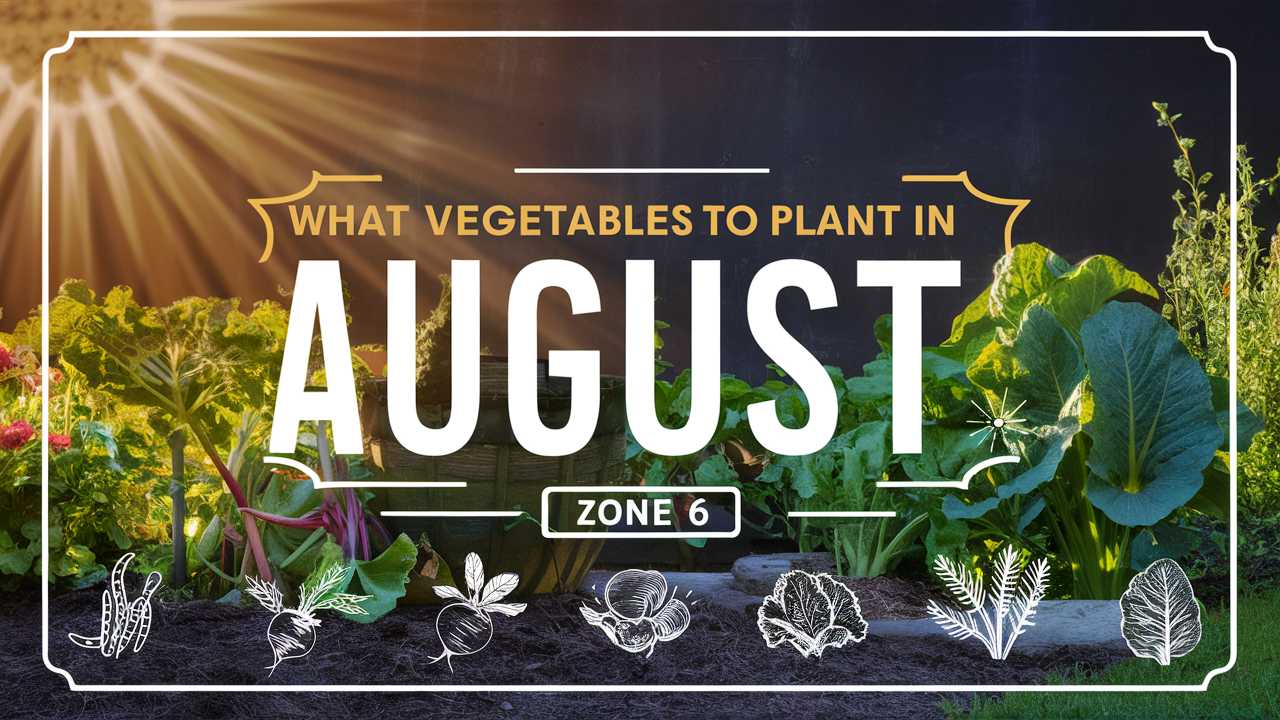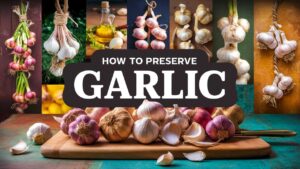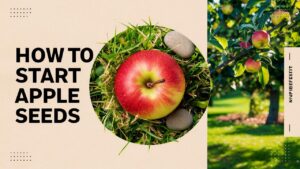August, in USDA Zone 6, brings unique opportunities and challenges for growers. With warm summer days still lingering, you may wish to take advantage of the remaining growing season. This post explores the best vegetables and herbs to plant in August in Zone 6, helping you maximize your harvest.
Vegetables To Plant
Spinach
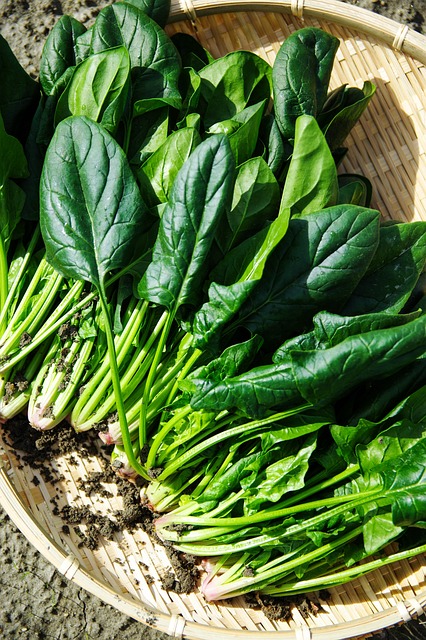
Spinach is an excellent choice for August planting in Zone 6. This leafy green thrives in cooler temperatures and can tolerate light frost, making it perfect for late summer planting. Ideally, you should sow spinach seeds about 6-8 weeks before the average first frost date, which typically falls between late September and mid-October in Zone 6.
Plant your seeds ½ inch deep, spacing them about 2 inches apart. Spinach prefers well-drained, nutrient-rich soil with a pH between 6.0 and 7.0. Regular watering is essential during germination, so keep the soil moist. New varieties, such as ‘Teton’ and ‘Bloomsdale’, are bolt-resistant and particularly well-suited for fall harvesting. With the right care, you can expect to start harvesting your spinach by late September.
Beets
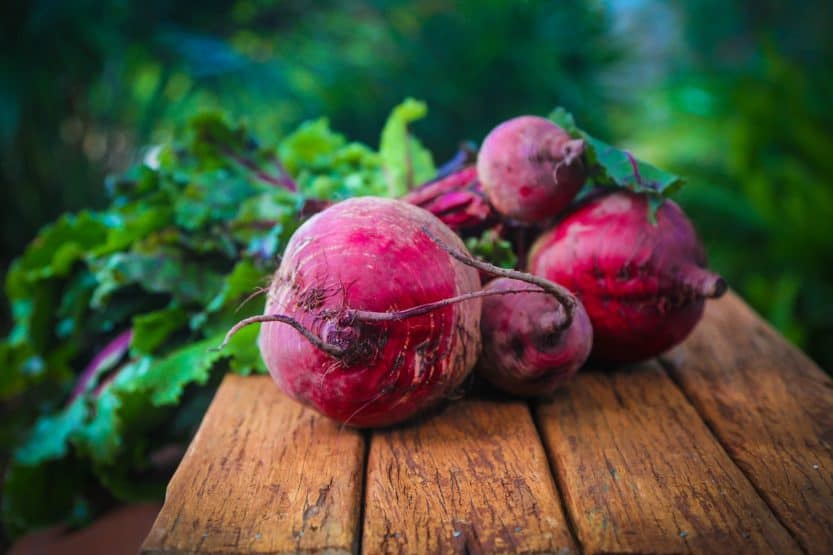
Beets are another fantastic option for August planting. With a quick maturity rate of 50 to 70 days, beets are capable of producing a bountiful harvest before the frost hits. Plant your beet seeds about ½ inch deep and 2 inches apart, as beets like to be planted in clusters.
Beet varieties such as ‘Detroit Dark Red’ and ‘Chioggia’ are perfect for fall crops, as they develop sweetness as they mature. Beets thrive in cool weather, so they perform well when planted in August, especially in the cooler evenings of late summer. Moreover, their greens are edible too; once you start harvesting, you can enjoy both the roots and leafy tops throughout the autumn months.
Carrots
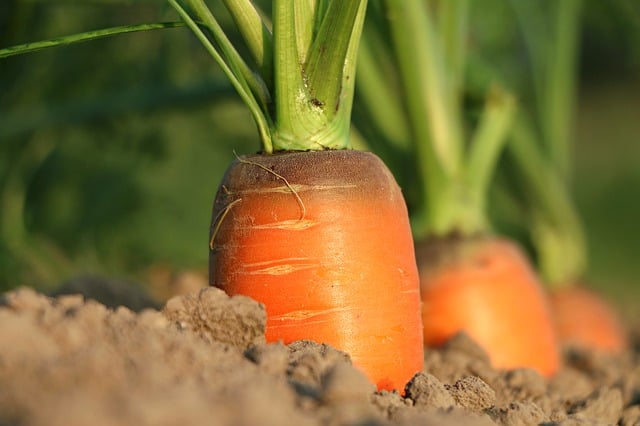
Carrots can be successfully sown in August in Zone 6, as they grow best in cool temperatures. Ideally, choose short or medium varieties like ‘Nantes’ or ‘Danvers’ that mature in 55-75 days. Carrots should be sown directly into the ground at a depth of ¼ inch.
When planting, space the seeds about 1 inch apart. Carrots prefer sandy, well-draining soil enriched with organic matter. As they develop, ensure they receive adequate moisture, especially during dry spells. Harvest your carrots when they reach ½ to 1 inch in diameter, usually around September or October. The flavor of carrots sweetens as they mature, particularly after exposure to frost.
Radishes
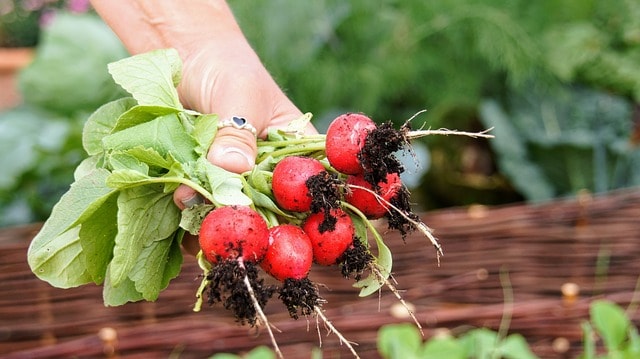
If you’re looking for a fast-growing crop, radishes are the perfect choice for August planting. With a maturity window of just 25 to 30 days, you can expect to enjoy fresh radishes by September. Sow radish seeds about ½ inch deep and 1 inch apart for best results.
Radishes grow admirably in cooler weather and can tolerate light frost. Varieties such as ‘Cherry Belle’ and ‘French Breakfast’ are quick to mature and provide a delicious crunch for salads. Ensure they get full sun and keep the soil moist, as this helps prevent them from becoming tough or woody. Radishes are also great for succession planting; sow a new batch every 1-2 weeks for a continuous harvest.
Kale
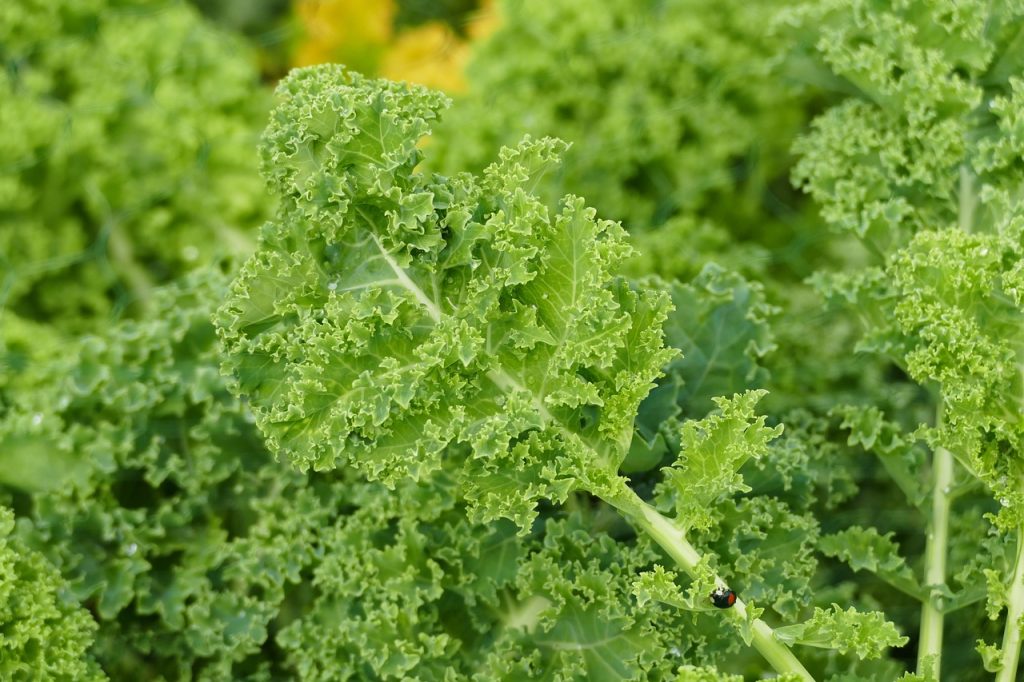
Kale is a cold-hardy leafy green that can be planted in August in Zone 6. It thrives in cooler temperatures and can withstand frost, improving its flavor as the temperature drops. Notable varieties include ‘Lacinato’ and ‘Winterbor’, each bringing a unique texture and taste.
Sow kale seeds about ¼ inch deep, spacing them around 12 to 18 inches apart to allow for the foliage to spread out. Kale requires well-drained, fertile soil and should be watered regularly during dry periods. As with spinach, take advantage of the cooling weather to promote robust growth. You can begin harvesting young leaves in early fall, but mature leaves can be picked throughout the winter if properly mulched.
Swiss Chard
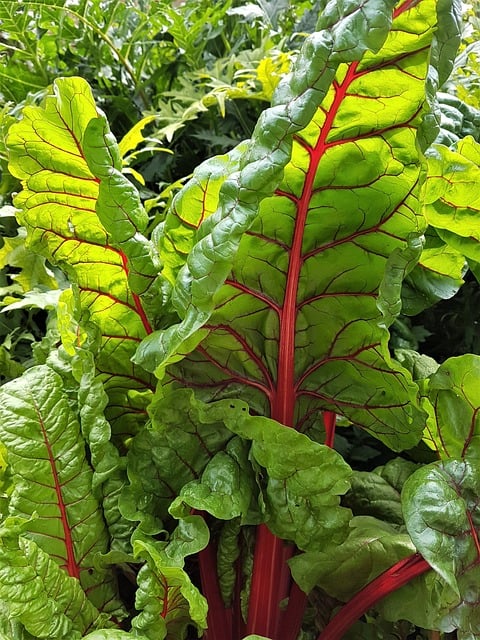
Swiss chard is another resilient leafy green that flourishes when planted in August in Zone 6. This vibrant plant can tolerate mild frost and continues to produce abundantly during the cooler months. The broad, glossy leaves are beautiful in the garden and nutritious on the plate.
Plant Swiss chard seeds about 1 inch deep and space them 3 inches apart. Varieties like ‘Bright Lights’ and ‘Fordhook Giant’ are popular for their colorful stems and high yields. Swiss chard prefers well-draining soil enriched with organic matter. Be consistent with your watering routine to ensure even growth. You can harvest older leaves at any time, while allowing new leaves to continue growing well into the late fall.
Turnips
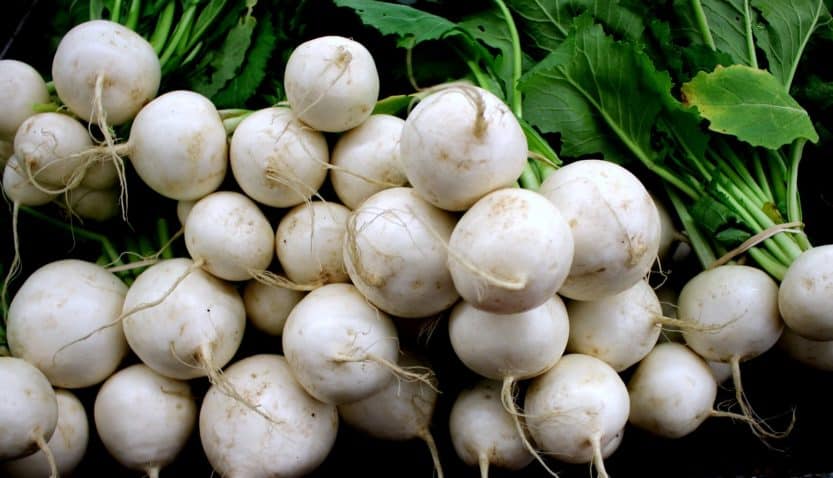
Turnips are versatile, fast-growing root vegetables that can be sown in August. They mature in about 50 to 70 days, making them an ideal candidate for late summer planting. They grow best in cooler temperatures and can withstand some frost, ensuring you’ll have a crop through early winter.
When sowing turnip seeds, plant them about ½ inch deep and space them 3-4 inches apart. Excellent varieties include ‘Purple Top White Globe’ and ‘Hakurei’. Turnips thrive in rich, well-drained soil that has been amended with compost. Regular watering is essential, especially in the hottest parts of summer. The bulbs will be ready for harvest when they reach about 2-3 inches in diameter, and you can also enjoy the young greens throughout the growing season.
Broccoli
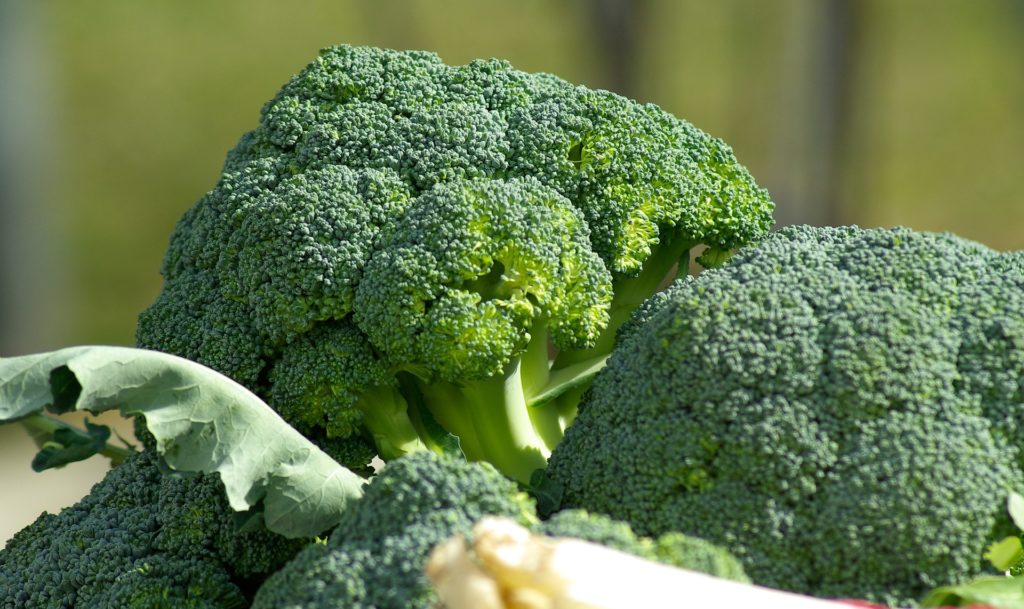
Broccoli is a cool-weather crop that can be sown in August for a fall harvest. It needs about 60 to 100 days to mature, so choose your planting dates wisely according to the first frost in your area. Start seeds indoors and transplant seedlings outside, or direct-sow seeds in the garden.
Plant them about ½ inch deep and 18 inches apart in fertile, well-draining soil. Varieties like ‘Calabrese’ and ‘De Cicco’ are great choices for fall planting. Broccoli benefits from regular watering, so keep the soil consistently moist. By late fall, you’ll be able to harvest this nutritious and versatile vegetable for numerous culinary delights.
Cauliflower
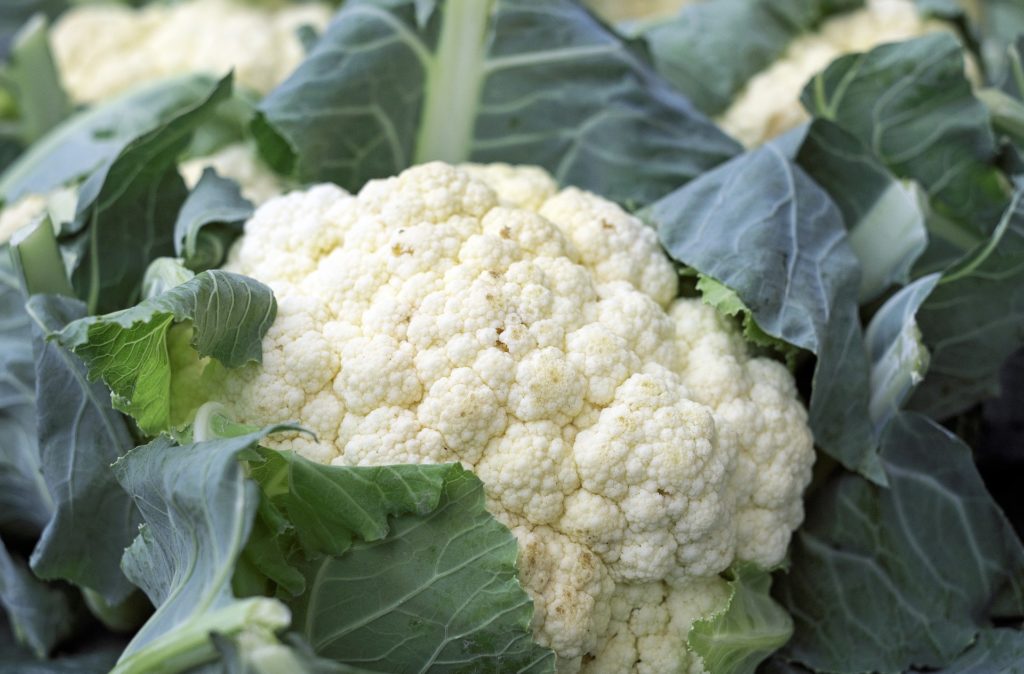
Cauliflower, like broccoli, can be grown successfully in Zone 6 when planted in August. This cool-season crop typically takes 60 to 85 days to mature, making it essential to choose the right planting date according to the first frost. Ideal varieties include ‘Snowball’ and ‘Early White’, both designed for fall harvesting.
Plant cauliflower seeds about ½ inch deep and space them 18 inches apart. As with other brassicas, they prefer fertile soil enriched with organic material and require consistent moisture to develop properly. With the right care, you can expect to harvest perfect, compact heads in late fall, adding to your culinary repertoire.
Herbs To Plant
Basil
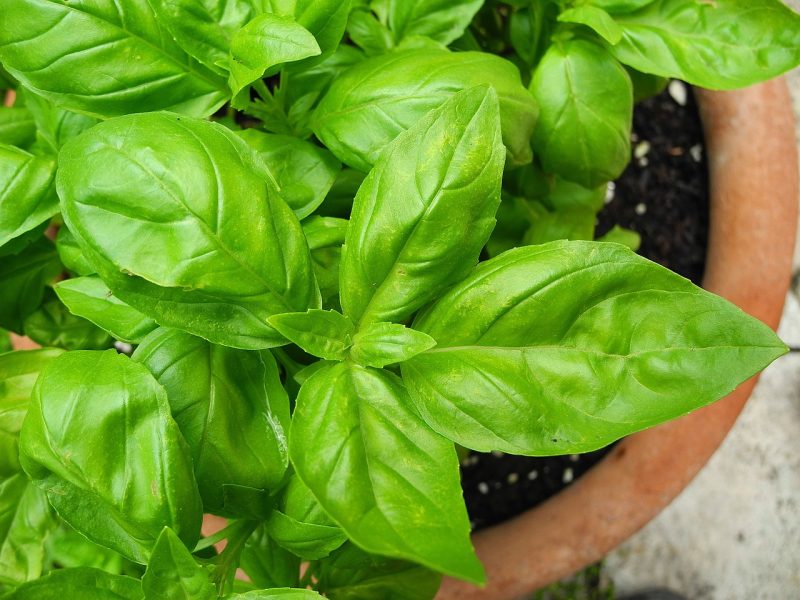
Basil is a beloved herb that can still be planted in August in Zone 6. While it thrives in warm conditions, late summer can yield a bountiful harvest before the first frost. Start seeds indoors or sow them directly into the garden about ¼ inch deep and 12 inches apart.
Varieties such as ‘Genovese’ and ‘Thai’ are particularly popular for their aromatic leaves. Basil enjoys well-drained, nutrient-rich soil and full sun. Be sure to pinch back the flower buds to encourage bushy growth, resulting in a more productive herb. Select mature leaves for harvesting, but always allow some smaller leaves to remain to ensure continuous growth throughout fall.
Cilantro
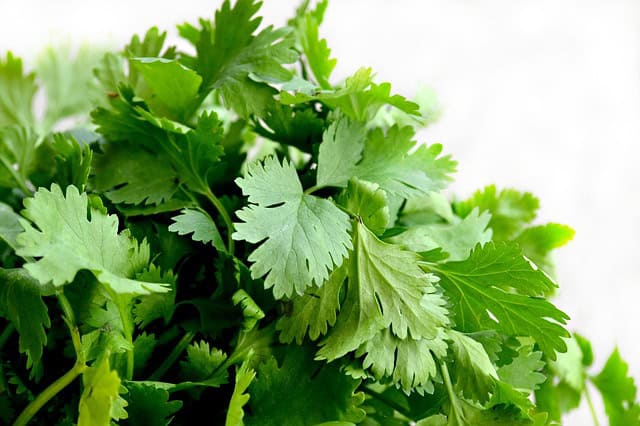
Cilantro is an herb that can thrive when planted in August, especially as temperatures begin to cool. This herb tends to bolt in high heat, making late summer or early fall the ideal time for sowing. Plant seeds about ¼ inch deep and 6 inches apart, ensuring well-drained soil.
Once established, cilantro can grow throughout the fall, providing flavorful leaves for salsa, salads, and more. Varieties such as ‘Slo-Bolt’ or ‘Calypso’ are bred to resist premature flowering and provide a steadier harvest. Water regularly, particularly in dry spells, to keep the leaves vibrant and flavorful.
Dill
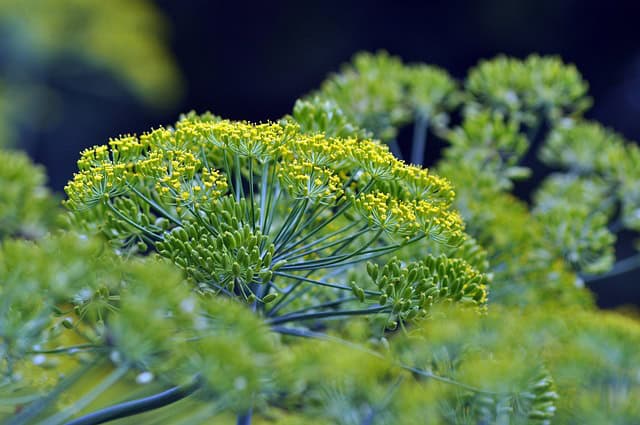
Dill is a fantastic herb for late summer planting and can be grown until the first frost. This fragrant herb typically matures in 40 to 60 days, making it a quick turnaround crop. Sow dill seeds about ¼ inch deep and space them 12 to 18 inches apart, as they can grow quite tall.
Popular cultivars like ‘Bouquet’ and ‘Fernleaf’ offer rich, aromatic foliage for cooking and pickling. Dill prefers full sun and well-draining, nutrient-packed soil. Regular watering will yield better results, as dill can struggle in extremely dry conditions. Once the flowers bloom, dill can attract beneficial pollinators, making it a great addition to any garden.
Parsley
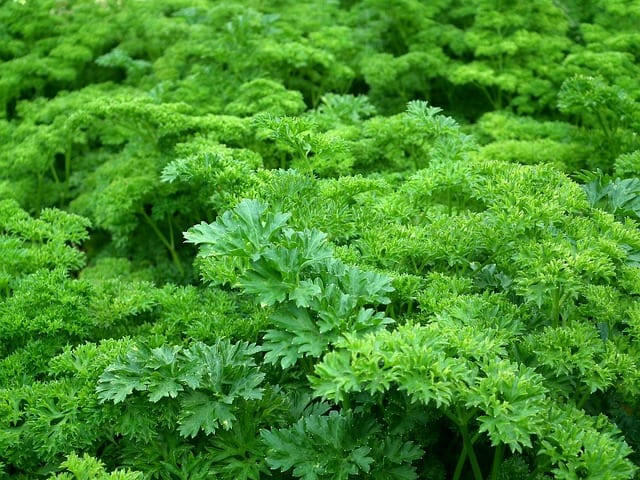
Planting parsley in August allows you to harvest this versatile herb throughout the fall. As a biennial, parsley can withstand cooler conditions and often experiences better flavor after frost. Sow seeds about ¼ inch deep and 6 to 12 inches apart, as they thrive in well-draining soil with ample nutrients.
Curly-leaf and flat-leaf varieties, such as ‘Giant of England’ and ‘Italian Flat’, are popular choices. Parsley loves sun and moisture, ensuring it flourishes. Regular harvesting promotes growth, so be sure to pluck outer leaves while allowing the center to continue developing.
Chives
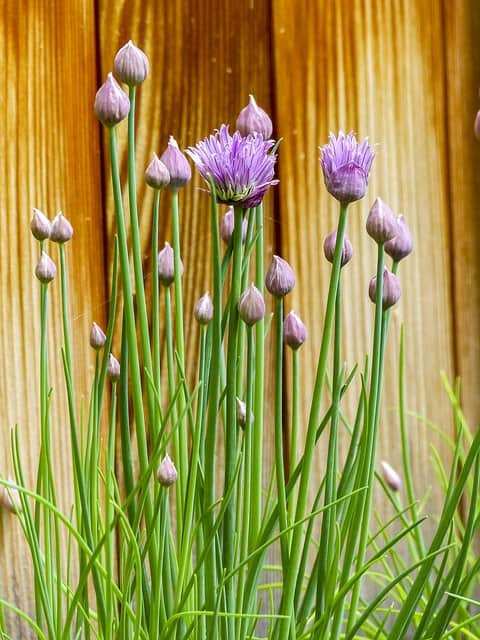
Chives can be sown in August, providing a mild onion flavor throughout the cooler months. This resilient herb is perennial, making it a great addition to any herb garden. Plant chive seeds about ¼ inch deep and space them 6 to 12 inches apart, in well-draining soil enriched with organic matter.
Chives prefer full sun and will thrive in rich, moist conditions. Harvesting the leaves regularly encourages bushier growth. Once established, chives will return each spring, making this herb a long-lasting investment for your kitchen.
Thyme
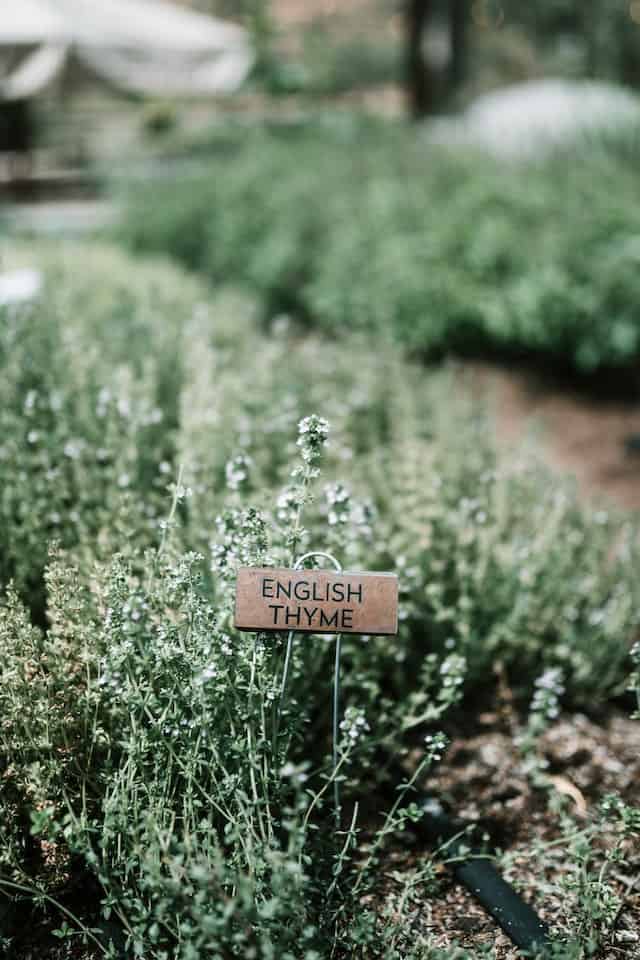
Thyme is another perennial herb that can flourish when planted in August. Known for its resilience, thyme can withstand fluctuating temperatures and harsh conditions, making it a perfect planting choice. Sow seeds about ¼ inch deep and space them 12 inches apart in well-draining soil.
Popular varieties such as ‘English Thyme’ and ‘Lemon Thyme’ are beneficial for culinary purposes. Thyme prefers full sun and moderately dry conditions, so be wary of overwatering. Once established, harvesting the leaves can promote bushier growth and create a well-rounded herb garden.
Oregano
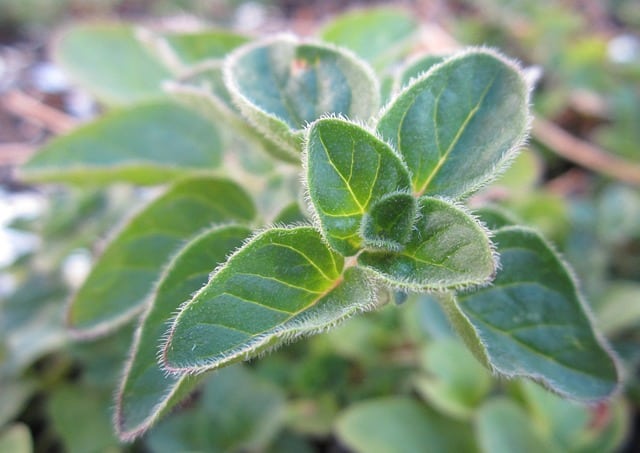
Oregano is a robust herb that can be successfully planted in Zone 6 during August. This perennial herb is known for its hardiness and flavor, making it a staple in Mediterranean cuisine. Sow oregano seeds about ¼ inch deep and 12 inches apart in well-drained soil.
Varieties like ‘Greek Oregano’ and ‘Italian Oregano’ offer distinct flavors. This herb thrives in full sun and slightly dry conditions once established. Pruning regularly helps to promote denser growth, and harvesting leaves before flowering will result in the most flavorful harvest.
Sage
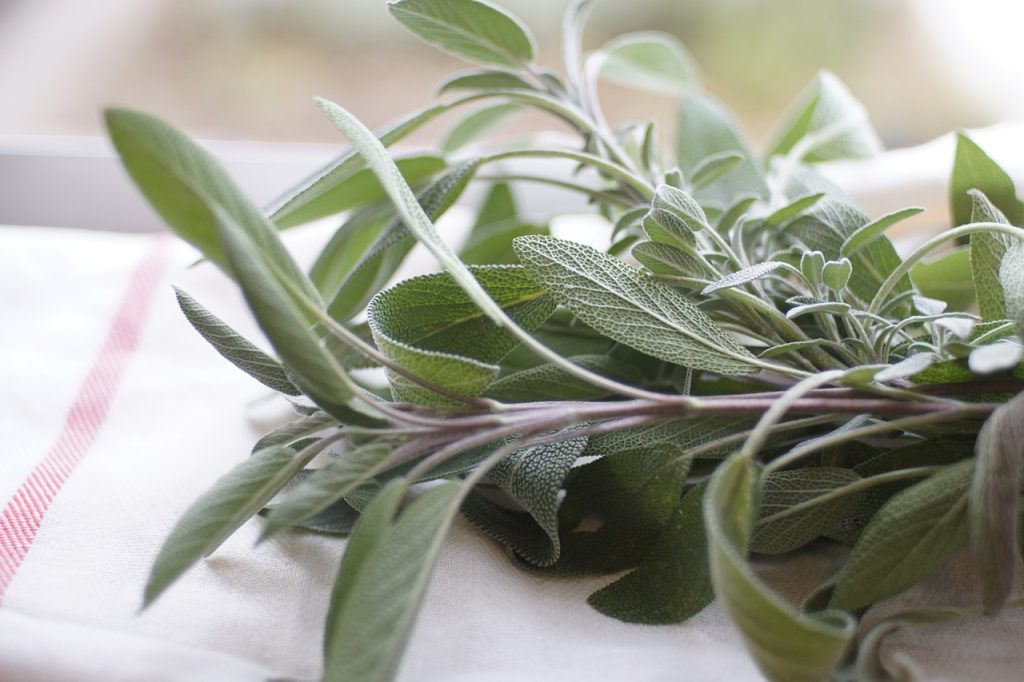
Sage is another perennial herb suitable for August planting, thriving in the cooler late summer months. This robust herb can tolerate cold temperatures, making it an excellent choice for fall harvests. Sow seeds about ¼ inch deep, spacing them 12 to 24 inches apart in well-draining, nutrient-rich soil.
Varieties such as ‘Common Sage’ and ‘Golden Sage’ offer different flavors and appearances. Sage loves full sun and prefers moderately dry conditions, so be cautious not to overwater. Harvesting the leaves regularly will not only encourage growth but also allow you to enjoy the herb throughout the fall season.
Mint
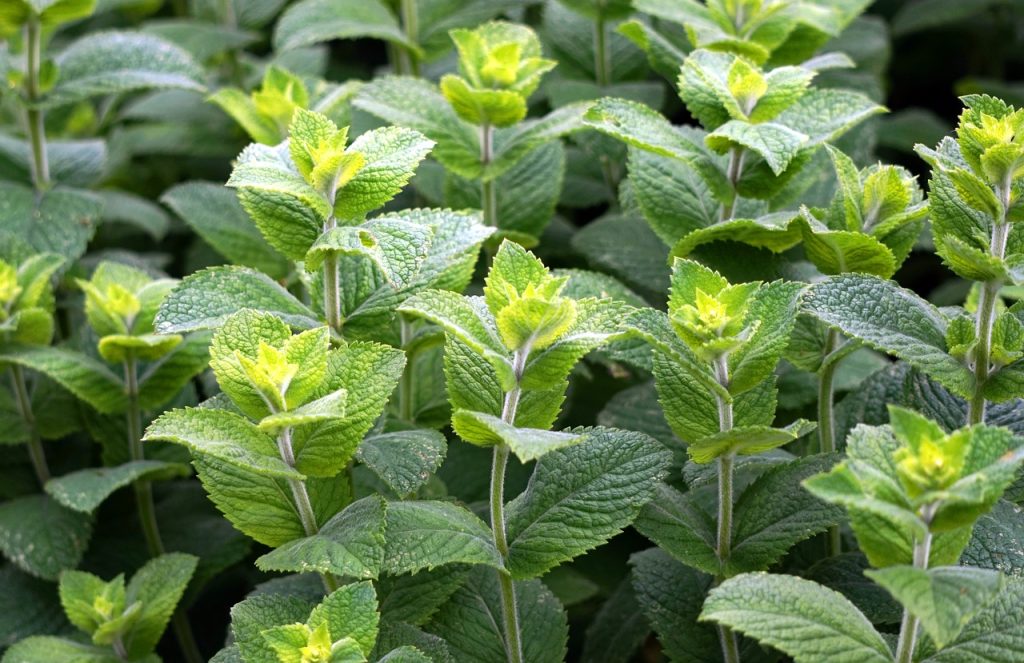
Mint can be planted in August in Zone 6 and is known for its fragrant leaves and versatility in culinary applications. It’s essential to plant mint in a separate container or designated area, as it can become invasive. Sow seeds about ¼ inch deep and space them closely together.
Varieties such as ‘Peppermint’ and ‘Spearmint’ are popular for their distinct flavors. Mint grows best in moist, rich soil and thrives in partial to full sunlight. Regular harvesting will stimulate new growth while preventing flowering, which can reduce flavor. Once established, you can enjoy an abundant harvest well into fall.
Fennel
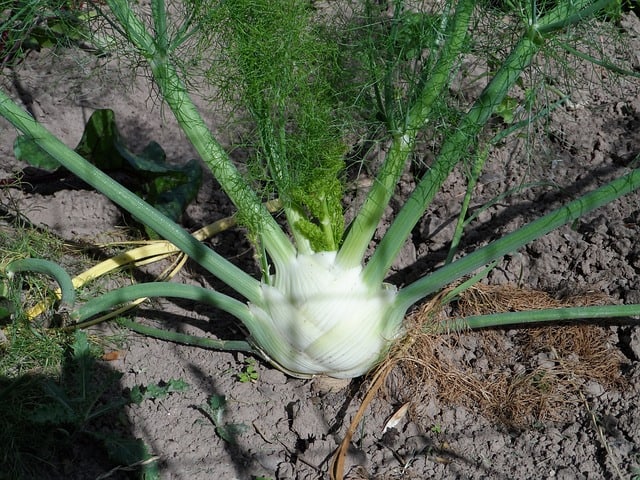
Fennel is an excellent herb to plant in August, primarily for its feathery foliage and bulbous base. This herb typically matures in 80 to 100 days, so it is essential to choose your planting dates wisely. Sow fennel seeds about ¼ inch deep and 12 inches apart in nutrient-rich, well-draining soil.
Varieties such as ‘Florence Fennel’ are particularly well-suited for culinary use and will add a unique flavor to your dishes. Fennel loves full sun and regular watering, especially during dry periods. The bulbs can be harvested in late fall, while the leaves can be used fresh in salads and as garnishes.


